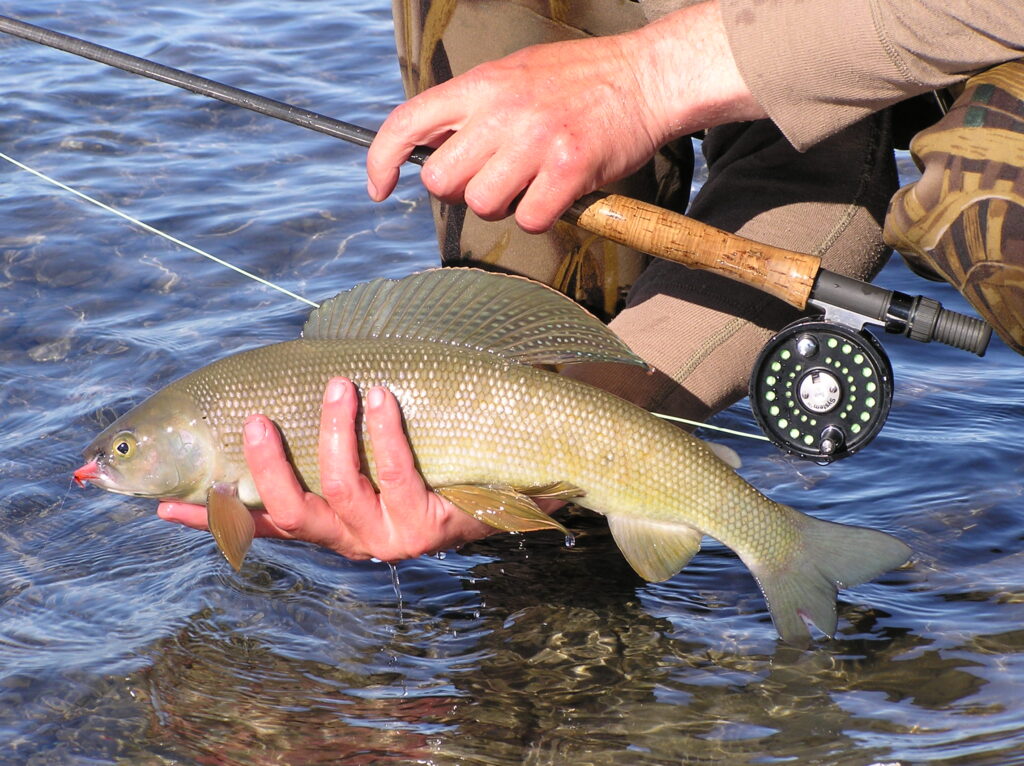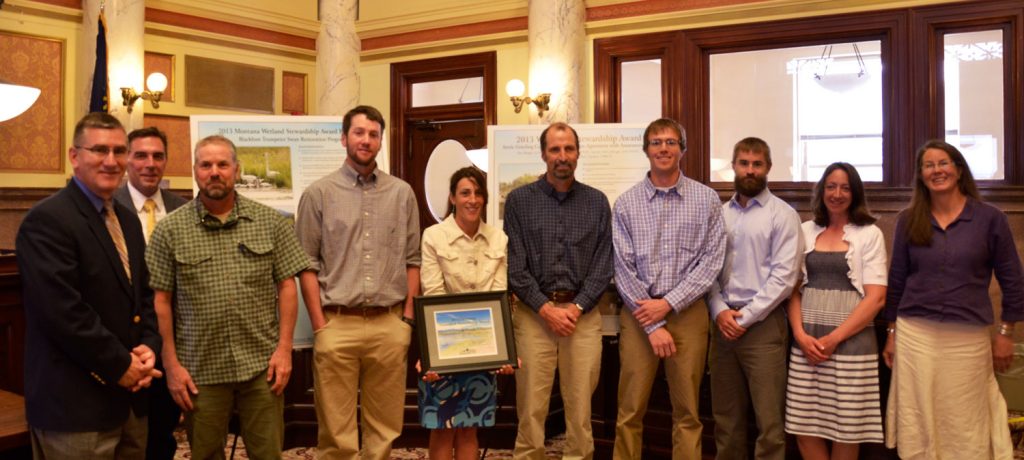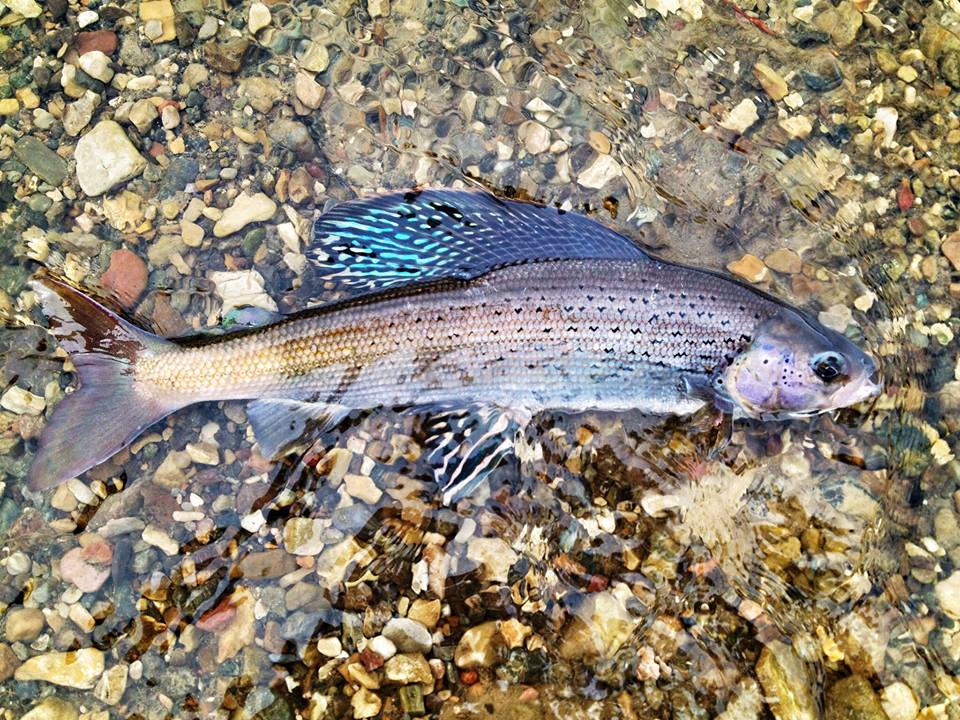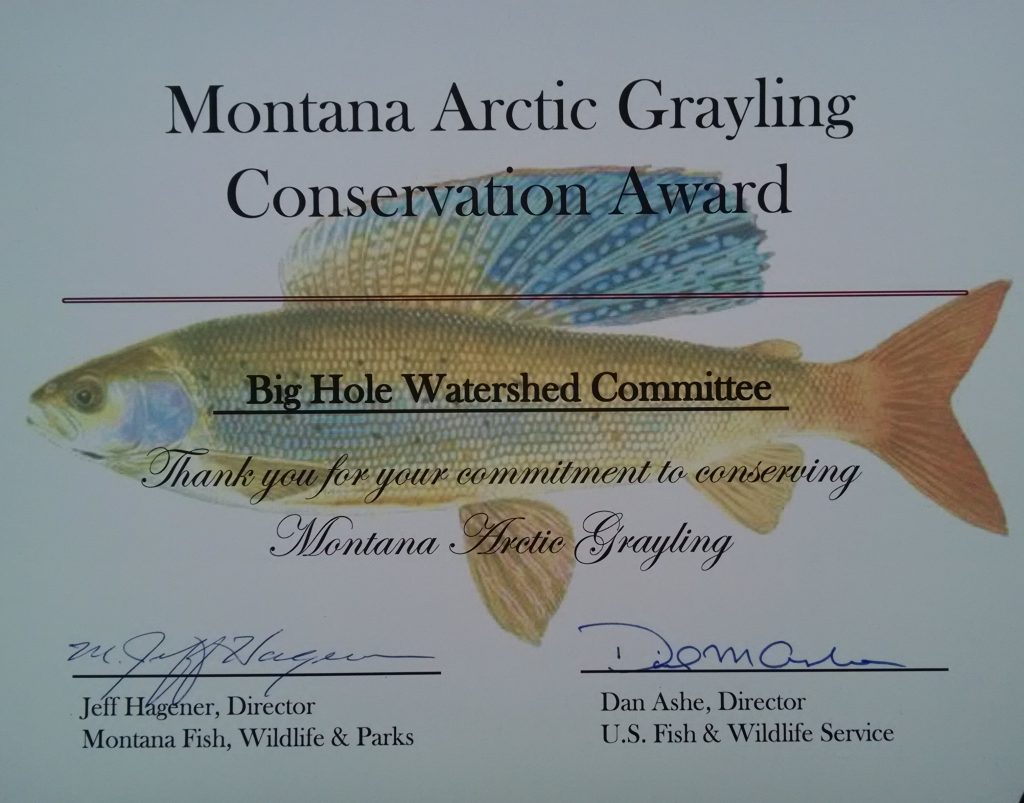Projects
Drought Management Plan & Grayling Recovery

Big Hole River Drought Management Plan
The Big Hole River Drought Management Plan sets flow and temperature objectives for five river sections to protect fish health during low-water years. It blends voluntary water conservation by irrigators and other users with fishing restrictions implemented by Montana Fish, Wildlife & Parks (MFWP) when drought reaches critical thresholds.
At the heart of the plan is a simple philosophy:
Shared Sacrifice, Shared Success.
When everyone gives a little, the river and its fishery benefit.
Key elements include:
-
Voluntary conservation actions triggered by drought indicators
-
MFWP angling criteria and restrictions to protect stressed fish
-
Information tools that track river flows and temperatures in real time
-
Annual review and updates by irrigators, anglers, conservation partners, agencies, and BHWC
First adopted in 1997, the plan continues to guide community-led drought response on the Big Hole today.
Click here for more information on the Drought Management Plan and current river conditions.
Arctic Grayling Recovery in the Upper Big Hole
Candidate Conservation Agreement with Assurances (CCAA)
The Upper Big Hole River is the last place in the Lower 48 with a naturally reproducing river population of native Arctic grayling. Once common throughout the Upper Missouri River system, grayling declined sharply due to dams, mining, development, and major droughts — including a severe decline in the 1980s that pushed the species to the brink locally.
What is the Upper Big Hole CCAA?
In 2009, Montana FWP, USFWS, DNRC, and NRCS launched the Candidate Conservation Agreement with Assurances (CCAA) — a voluntary program that:
-
Guides habitat and flow improvements on working lands
-
Provides legal protections to enrolled landowners
-
Serves as the primary recovery strategy in the Big Hole, where ~90% of grayling habitat is on private land
Each participating ranch develops and implements a site-specific conservation plan (riparian recovery, irrigation upgrades, fish passage, weed management, and flow maintenance). Plans are monitored and reported annually.
The CCAA is a 20-year agreement (2009–2029), originally developed in response to grayling being named a federal ESA candidate in 1991.
Oversight & BHWC’s Role
The CCAA is administered by FWP, USFWS, DNRC, and NRCS.
BHWC supports the effort by sharing data, collaborating on projects, and hosting annual CCAA updates at our public meetings.
Results & Key Milestones
-
2025 — CCAA participation reached 31 landowners, covering 164,562 private acres under site-specific plans and 5,686 acres of DNRC leased land
-
2024 — Federal judge orders USFWS to redo its grayling listing decision within one year, ruling that the 2020 denial was flawed (improper reliance on soon-expiring CCAA; arbitrary viability finding in Ruby River)
-
2023 — Conservation groups file lawsuit arguing USFWS ignored climate threats and over-relied on voluntary CCAA measures that expire in 2026
-
2022 — Conservation groups notify intent to sue over USFWS decision not to list grayling
-
2020 — USFWS again determined Arctic grayling were not warranted for ESA listing
-
2015 — Lawsuit filed challenging USFWS’s “not warranted” decision for ESA listing
-
2014 — USFWS announced Arctic grayling not warranted for ESA listing, citing conservation progress and increasing populations
-
2009 — Upper Big Hole CCAA established by FWP, USFWS, DNRC, and NRCS
-
1991 — Arctic grayling designated a Candidate for ESA listing, triggering later conservation actions
People & Organizations Involved
Montana Fish, Wildlife and Parks (FWP)
Montana Department of Natural Resources and Conservation (DNRC)
United States Fish and Wildlife Service – Partners for Fish and Wildlife (USFWS)
Natural Resources Conservation Service (NRCS)
Project Documents & Resources
Big Hole River Drought Management Plan (2025)
Big Hole River Drought Resiliency Plan (2019)
Arctic Grayling Recovery Information (MFWP)
Project Photos




Project MAP
Status
Ongoing
Type
Resource Management/Planning
